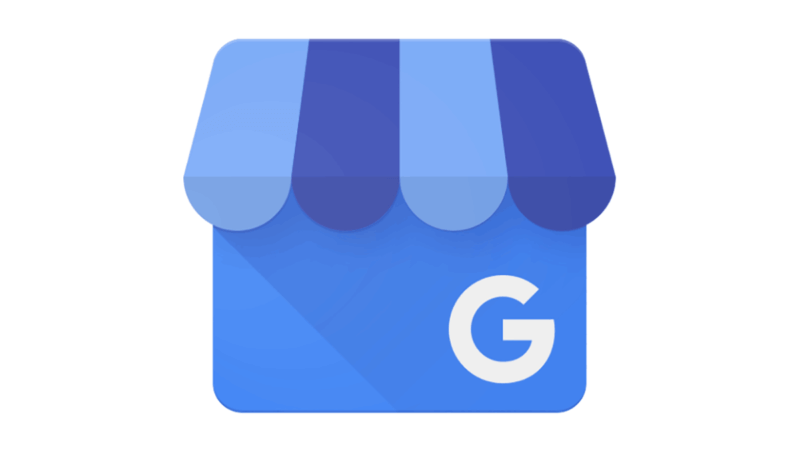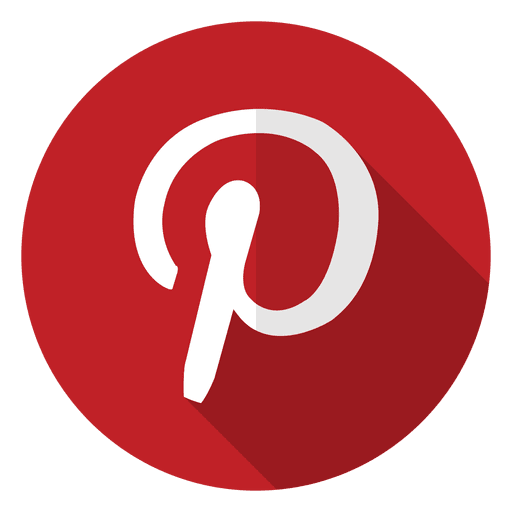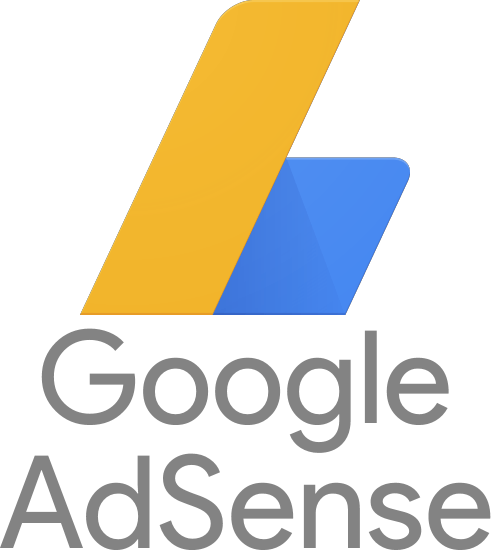I Built A Resource Site For Chefs Like Me That Generates $60K Of Extra Income
Hello! Who are you and what business did you start?
I am David Buchanan, a professional chef, and owner of Chefs-Resources.com, a website geared towards providing professional chefs with free detailed culinary info (seasonality, flavor profiles, etc.) about fresh fish, oysters, and cuts of meat, as well as tons of free kitchen management articles. Paid subscribers get access to our premium kitchen management resources such as Excel sheets (prep sheets, recipe templates, ordering guides, etc.), video tutorials, and kitchen management articles.
As of August 2021, the site has earned $44,800 and currently is earning just over $6,000 per month. We earn some money from Google Adsense advertisements, but the vast majority of our income is from paid subscriptions to our premium content. Access is divided into 4 tiers: Free, $5.50, $8.75, $25.
The site is not about recipes, but I am a Chef, so here is one of my favorite personal creations...seared scallops, spring pea puree, lemon beurre blanc, fingerling potatoes, golden beets, asparagus, corn kernels.

What's your backstory and how did you come up with the idea?
The idea for the site started to germinate around 2005 from a desire to have easy access to the knowledge I’ve learned. I would research something such as the seasonality of fresh Sockeye Salmon, or the flavor profile of Kusshi Oysters. But then months later I would have to research it again (my memory is terrible!), and the info would be on a piece of paper at home, or my last job, or buried in some folder on some computer.
The hardest part of the business for me has been while I am in the timeframe of being “too big to do it all myself and too small to hire someone skilled.”
So initially I started a website just to keep info for myself. In 2009 I made it official, bought the domain name Chef Tools, which after a few months I had to change because someone had a Trademark registered for that name. So I changed it to Chefs Resources, got a Trademark for my new company name, and began adding content.
At that time I was overseeing a new seafood restaurant (Blackfish Wild Salmon Grill) which featured fresh oysters and I needed flavor profiles for the menu and the servers, so oyster profiles became new weekly content for the site (over 170 profiles now!). I studied SEO and learned how to get much of my new content to rank on the first page of Google for phrases like “kusshi oysters” which resulted in traffic to the site.
Then I started adding kitchen management knowledge such as how to manage month-end inventory, how to find inventory errors, the 40 thieves of food cost, dealing with P&L meetings, sales mix & margin, and so on. I also began adding downloadable Excel sheets and PDFs, but it was all free.
Around 2015 I had over 250 pages of content and began to make a small amount of revenue from Google Ads. In 2016 I had over 350 pages of content and I added a paid subscription/donation option. In 2019 I earned $17,000 primarily from advertisements income. In January 2020 I saw that I had over 4,000 subscribers but only 5% were paid, subscribers. This was my “aha!” moment. This is when I made a big change!
I created 2 tiers of paid subscribers, one for downloads and another for downloads plus video tutorial access. And I ended free downloads of most content! Now, people could still read the informative articles for free, see images of the useful forms or video tutorials, but had to become a paid subscriber to access the documents or tutorial. And I kept the subscription price low in the hopes that people would subscribe and either not care to quit or would forget about it, resulting in recurring monthly payments. I went from revenue of $17,000 in 2019 to $44,800 in 2020! The pic below shows growth just in paid subscriptions from 2015 - Sept 2021.

Take us through the process of designing, prototyping, and manufacturing your first product.
Initially, I went with a website host called EditMe because they had an easy editor for creating articles. At that time conventional wisdom seemed to be that when naming a URL for a website, camelcase syntax was preferable, which meant pages would be named SockeyeSalmonFlavorProfile rather than Sockeye_Salmon_Flavor_Profile or SockeyeSalmonFlavorProfile. I regretted this several years later.
In 2015 I redesigned the site for a cost of $700 and moved from EditMe to WordPress.org. I chose the .org version of WordPress because the .com version did not allow Google Adsense advertising, plus WordPress is much more versatile and has a ton of useful plugins. This is when I had to create a 301 forward for ALL of my website pages and renamed them to the now more favorable Sockeye-Salmon-Flavor-Profile syntax.
Old Version:

New Version:

Describe the process of launching the business.
The website has always been a side project, a hobby funded out of pocket, or now out of website proceeds. Even now I continue to work my full-time job as the Chef at Blackfish. Costs vary by project or goal. Base cost to keep the site running is about $291/mo for hosting, licenses, software, etc., plus a whopping $400/mo in bank fees to Stripe & PayPal for processing subscription fees!
I decided early on to become an S Corp to protect/separate my finances from the business. I use QuickBooks for all the monthly bookkeeping and file my tax statements each month/quarter. But I do have an accountant who helps me organize my books at year-end to get them ready to bring to my CPA.
Another big help for generating subscribers came from redesigning my subscription page, making it a visual list of everything each subscription level gets.
The hardest part of the business for me has been while I am in the timeframe of being “too big to do it all myself and too small to hire someone skilled” to help with coding or SEO. I hired some inexpensive developers via an online service and one of them (don’t know which) hacked my deep code and redirected ⅔ of my website traffic to other websites, costing me an untold amount of revenue for 1 year before I caught it. Cost me $900 to fix.
Since launch, what has worked to attract and retain customers?
Learning how to write content that is highly optimized for SEO for the specific page has been my most successful tool because most of my traffic is from organic search. My “SEO formula” is to first choose the topic of the page (ex. Sockeye Flavor Profile). Next, do a Google search using variations of that phase and open each one in a separate tab so I can compare (ex. Sockeye Flavor Profile, Sockeye Salmon Flavor Profile, Sockeye Taste Profile, Sockeye Culinary Profile), using phrases that I think my audience (professional chefs) would use to find the info.
Next, I look at how many views each phrase has and how many ads show up for each phrase, then I choose the phrase which has the least ads (i.e. least competition) but also still defines the article. If no ads show up then you have a good chance of ranking!
Next, use that phrase in the URL, in the h2 header, in the first & last paragraph, as the alt description of one photo, in the meta description (Yoast helps change this), “bold” the phrase once, and use Yoast plugin to fine-tune. Depending on the length of the article I will repeat the phrase more or less (too many times can hurt! Yoast is good at telling how many times to use a phrase). And always write an article at least 300 words in length.
I also use MailChimp to send a weekly newsletter to all subscribers whenever I post new content. This keeps them coming back and converts some free subscribers to paid subscribers.
Another big help for generating subscribers came from a marketing friend who had me redesign my subscription page, making it a visual list of everything each subscription level gets and thereby creating a desire to get access to better content. The actual list is about 35 rows deep.

Recently I have also started using OptInMonster which targets unsubscribed visitors with a fully customizable popup that leads them to my subscription page.
I’ve tried Facebook, Twitter, Instagram, LinkedIn, and Pinterest to drive traffic and have had a small amount of success with those, but due to limited time for me to do everything, I don’t commit much time to social media platforms.
How are you doing today and what does the future look like?
The website currently receives about 64,500 pageviews/month. Gross revenue so far is $46,000. The gross cost this year is $33,500 but includes my wages & payroll taxes. Income breakdown is as follows: 11% from advertisements, 87% from subscribers, 1% from book sales, 1% from other sources.
If you are going to create a website, start writing content for it while you work through the process of selecting a theme, your site colors, name, etc… This way you will have some immediate content to add to the site once you have worked out all the initial start-up tasks.
Goals for the next 1-2 years are to find an SEO company to help drive additional traffic via off-page SEO and look into trying advertising for the first time to see if it is worth the investment.
Through starting the business, have you learned anything particularly helpful or advantageous?
If you have a website which you are trying to get to rank on the first page of Google for any specific terms:
- Know & follow the Google Rules for websites/links etc., all! Don’t break them.
- Learn some basic SEO rules. SEOMoz has fantastic content & videos about SEO.
- Install plugins/software, whatever to protect your site from corrupt thieves who should be severely punished in a back alley!
- Back up your website content every time you release new content, or before you implement plugin upgrades. That way, new content will always be saved, and if a new plugin update screws up your website you can revert to the version just before the broken plugin update (it does happen!)
- Because of #3, I usually wait for 5 - 7 days before updating an existing plugin because sometimes they update a plugin that creates severe problems and then they fix it 2 or 3 days later. But, if the update is for a security breach then I usually backup first and then immediately update the plugin.
What platform/tools do you use for your business?
I have a variety of platforms/tools which work well for my website and content. Microsoft Excel (business version) is indispensable for the organizational/informative forms which I create for my audience to use.
WordPress.org is also indispensable as a website CMS for my website and blog. WP is extremely customizable: free website design templates, cheap design templates, moderately expensive templates. It has a TON of plugins that meet the needs of virtually every type of website concept from blogger to news to fashion to e-commerce to whatever.
PaidMembershipsPro has also been an incredible asset for building/handling paid memberships and lets your subscribers use a variety of payment options including credit cards or PayPal.
I use Stripe & PayPal to process payments, although for subscriptions it is expensive. For instance, for a $5.00 membership, PayPal charges an automatic fee of $0.40 for the transaction plus 2.9% plus sometimes an international fee depending upon the country of origin. So my $5.00 membership fee gives me somewhere between $4.26 - $4.34 after they take their cut...a 13% - 15% fee. The $0.40 fee is what kills small transactions because PayPal charges that amount regardless of whether the transaction is $5 or $500.
For photo editing, I use Adobe Photoshop Elements because it allows me to edit/enhance photos, change image size, crop, save pictures for the web which makes the images use less bandwidth to display (results in faster page speed), and it has many other features.
For video editing, I use OBS Studio (free) if I’m doing anything using a green screen. And I use Video Studio 2020 to make my final versions of videos, as well as for all the edits. It allows me to separate the audio from the video, cut a video at very precise moments so I can remove pauses or misspoken words, add text or images, and much more.
And I use Google Analytics and Google Search Console to analyze my website traffic.
Advice for other entrepreneurs who want to get started or are just starting out?
If you are going to create a website, start writing content for it while you work through the process of selecting a theme, your site colors, name, etc. This way you will have some immediate content to add to the site once you have worked out all the initial start-up tasks.
Do not use someone else’s photos! Either take your photos, use free ones which are posted online with clear copyright explanations, or purchase images. And always save a link to the original photo with the copyright details. An image copyright violation can cost you a lot of money.
And if you have images on your site, beware of emails saying that you have violated image copyright and are being sued. Many of these include a document that is supposed to detail the images you have “stolen”, but it is often a hack to access your computer. Tell them to supply links to actual website locations on your site and their site where you can verify the images. But don’t open a document or download it.
Where can we go to learn more?
If you have any questions or comments, drop a comment below!

Download the report and join our email newsletter packed with business ideas and money-making opportunities, backed by real-life case studies.

Download the report and join our email newsletter packed with business ideas and money-making opportunities, backed by real-life case studies.

Download the report and join our email newsletter packed with business ideas and money-making opportunities, backed by real-life case studies.

Download the report and join our email newsletter packed with business ideas and money-making opportunities, backed by real-life case studies.

Download the report and join our email newsletter packed with business ideas and money-making opportunities, backed by real-life case studies.

Download the report and join our email newsletter packed with business ideas and money-making opportunities, backed by real-life case studies.

Download the report and join our email newsletter packed with business ideas and money-making opportunities, backed by real-life case studies.

Download the report and join our email newsletter packed with business ideas and money-making opportunities, backed by real-life case studies.
















